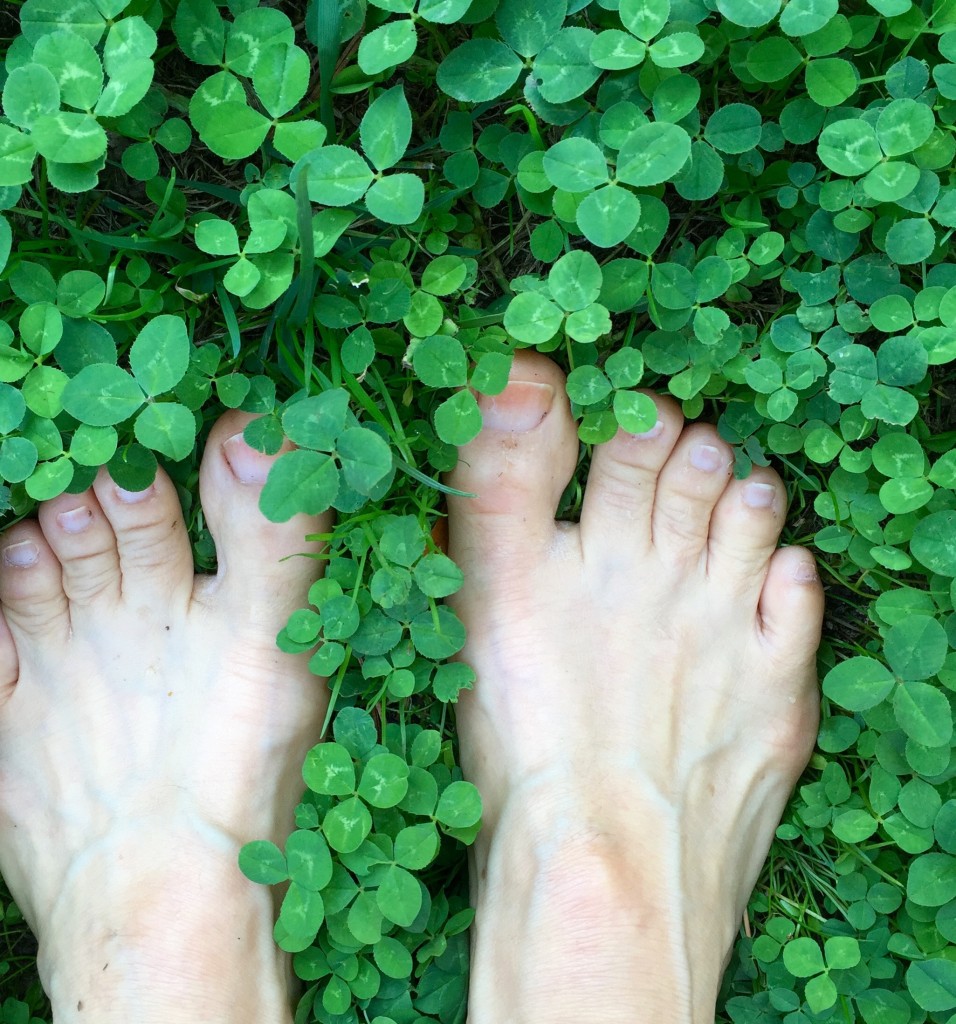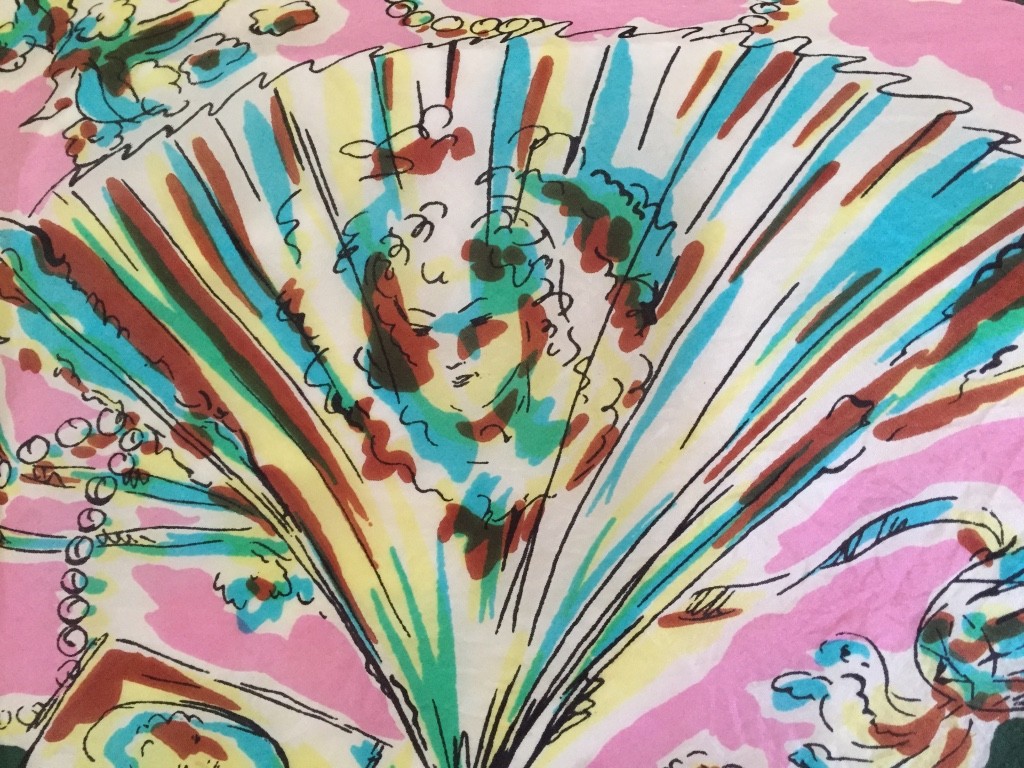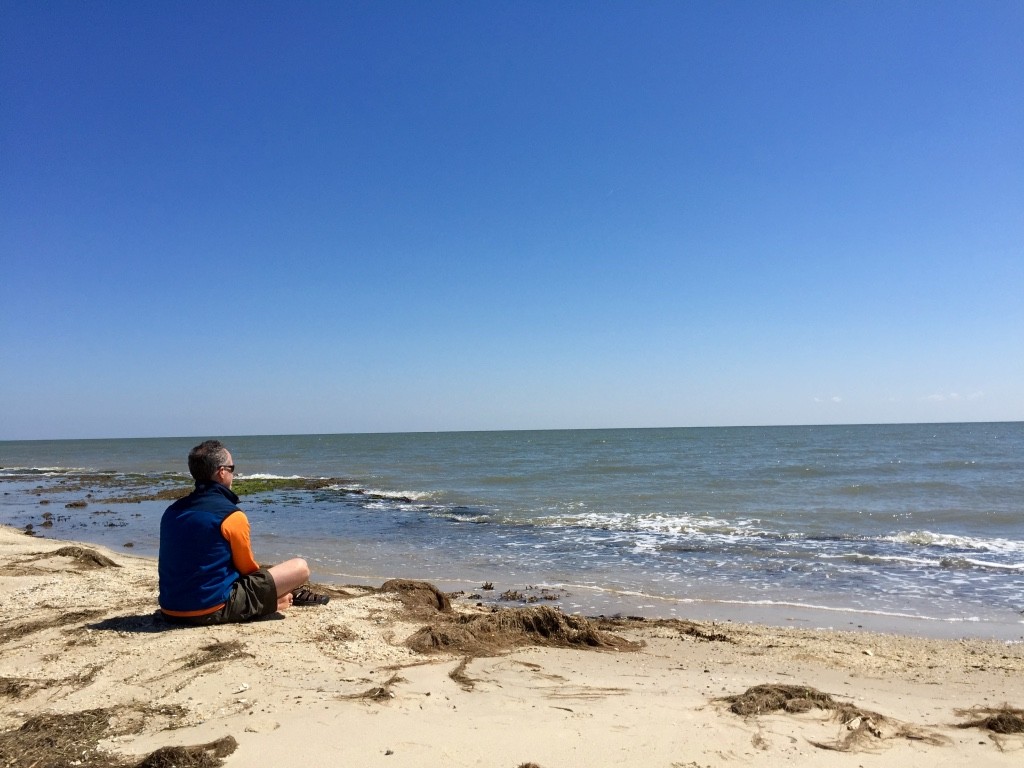In 2003 I traveled to Boston to attend a week-long training at the Benson-Henry Institute for Mind Body Medicine At Massachusetts General Hospital. Having begun a personal healing journey through yoga several years prior, I wanted to bring integrative tools to others in my workplace. This link below, a YouTube 2020 meditation by Peg Baim, represents the essential quality that breathwork and meditation bring to my life: a body-felt sense of wholeness. Ms. Baim is a nurse practitioner and scholar who developed the institute alongside Herbert Benson.
Dr. Benson’s approach, which he coined “The Relaxation Response”, was based on his cardiology research. An approachable, enthusiastic man, he spoke to us during the training about how meditation crossed all spiritual and religious paths, having roots deep into our human experience. He encouraged us to make these practices relevant for those we served. I’ll always remember that wisdom.
I practice tools which allow me grounding, equanimity, and clarity. Even when I stray off the path and go down the road of self-criticism and judgements, I can come back to a practice of self-compassion, which is the way of love. Love for my mind, my body, and each other. That is my experience.
I believe we each experience a sense of our own essential nature in different ways, even the presence of God (or god as you see him/her) in a unique sense. I feel God in my heart center, as love, a resting place of knowing life is eternal, ongoing; a connecting thread to all. I feel God in the presence of those I love dearly, whether that be by video, voice, or in person. I feel God in nature. I feel God in conversations and community.
As I learned to meditate, I began to feel a centering presence in my body and gain an ability to rest there, particularly at the end of an exhale, a sweet place of simple and profound awareness. Peg Baim’s meditations were and still are my favorites; the others are from Olivia Hoblitzelle. Both you can find on music platforms such as Spotify, YouTube, or iTunes.
So here is the Connection Meditation by Ms. Baim, honoring connection with ourselves and those dear. As Ms. Baim says, “You are never alone when you feel love”.















